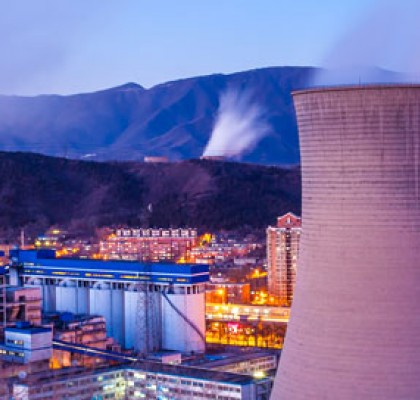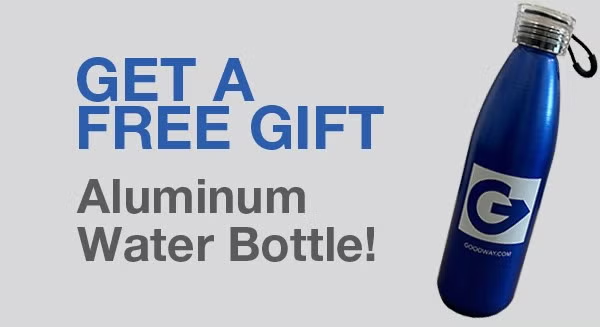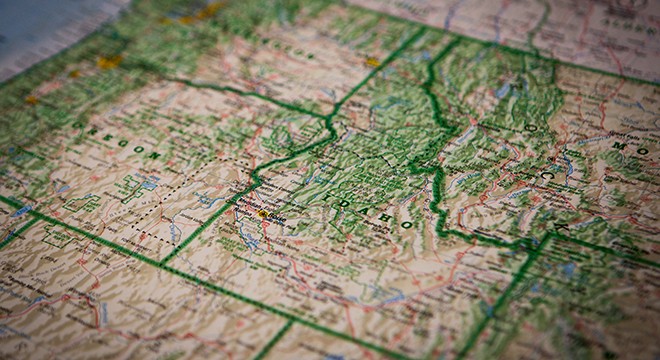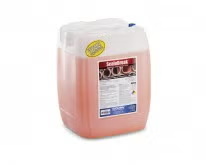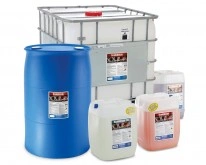Flue gas desulfurization and lime scale problems

Flue gas desulfurization and lime scale problems
The term flue gas desulfurization (FGD) has traditionally referred to wet scrubbers that remove sulfur dioxide (SO2) emissions from large electric utility boilers (mainly coal combustion). However, because of the requirement to control acid emissions from industrial boilers and incinerators and the evolution of different types of acid control systems, the terms FGD, acid gas, or acid rain control, are used interchangeably to categorize a wide variety of control system designs. FGD systems are also used to reduce SO2 emissions from process plants, such as smelters, acid plants, refineries and pulp and paper mills.
In large power boilers, high temperature flue gases come in contact with lime slurry mists from atomizer wheels, or nozzle atomization arrangements. The contact of the lime slurry mists from atomizer wheels, or nozzle configurations, with sulfur dioxide in the flue gas stream causes a reaction to drop out the sulfur in the form of calcium sulfate (gypsum). This reaction prevents the sulfur dioxide from exiting the stack and causing general pollution, acid rain and/or acid mist fallout.
Anytime lime slurries come in contact with high temperature, calcium scale problems will happen. This commonly occurs with atomizer wheels, or nozzle sets themselves, but the presence of wet lime in plants sets up scale problems in many areas of these systems (especially grit screens).
Atomizer wheels and/or nozzles are effectively descaled using Goodway ScaleBreak industrial descaling products in Power/Utility applications. ScaleBreak descalers also help to completely clean grit screens and other areas of the plant where scale has built up on various heat transfer surfaces.

